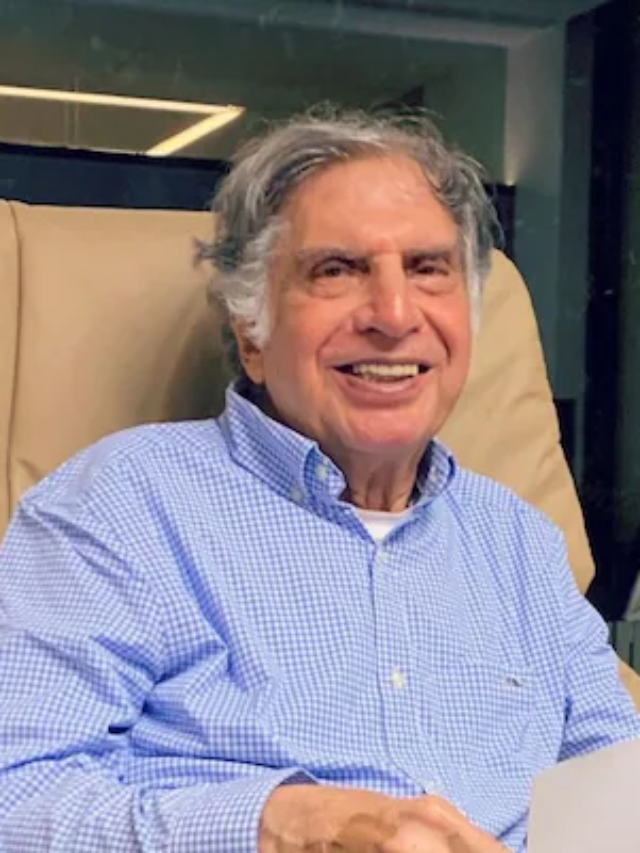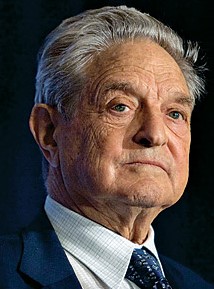Wearable Devices
- Smartwatches and Fitness Trackers: Devices like the Apple Watch, Fitbit, and Garmin track metrics such as heart rate, steps, sleep quality, and calories burned. They often sync with apps for deeper analysis and goal-setting.
- Heart Rate Monitors: Chest straps and wrist-based monitors provide accurate heart rate data, essential for optimizing workouts and monitoring cardiovascular health.
- GPS Devices: Great for runners and cyclists, these devices track distance, speed, and routes, often offering insights on performance over time.
Health Tracking Apps
- Fitness Tracking Apps: Apps like MyFitnessPal and Lose It! help users log food intake and track calories, making it easier to manage nutrition.
- Workout Apps: Platforms like Strava, Nike Training Club, and Peloton provide guided workouts, community challenges, and social features to enhance motivation.
- Sleep and Recovery Apps: Apps like Sleep Cycle and Calm focus on sleep quality and stress management, which are crucial for overall fitness.
Home Fitness Trends
- Connected Equipment: Smart fitness machines (like Peloton bikes and Tonal strength trainers) offer interactive workouts, tracking capabilities, and community engagement.
- Virtual Workouts: Platforms like Beachbody On Demand and ClassPass allow users to stream a variety of classes from home, catering to different fitness levels and preferences.
- Fitness Communities: Social media and dedicated forums have created supportive environments where users can share progress, challenges, and tips, fostering accountability.
Emerging Trends
- AI Personal Trainers: Some apps use AI to create personalized workout plans and adapt them based on user feedback and performance.
- Mental Health Integration: More fitness apps are incorporating mindfulness and mental well-being components, recognizing the connection between mental and physical health.
- Wearable Tech Integration: Advanced wearables are now integrating with health monitoring services to provide users with insights into their overall health, such as stress levels and recovery needs.
Overall, the fusion of technology with fitness not only enhances the user experience but also empowers individuals to take control of their health journey more effectively.








